The DO Loop
Statistical programming in SAS with an emphasis on SAS/IML programs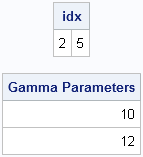
String comparisons in SAS software are case-sensitive. For example, the uppercase letter "F" and lowercase letter "f" are treated as unique characters. When these two letters represent the same condition (for example, a female patient), the strings need to be handled in a case-insensitive manner, and a SAS programmer might
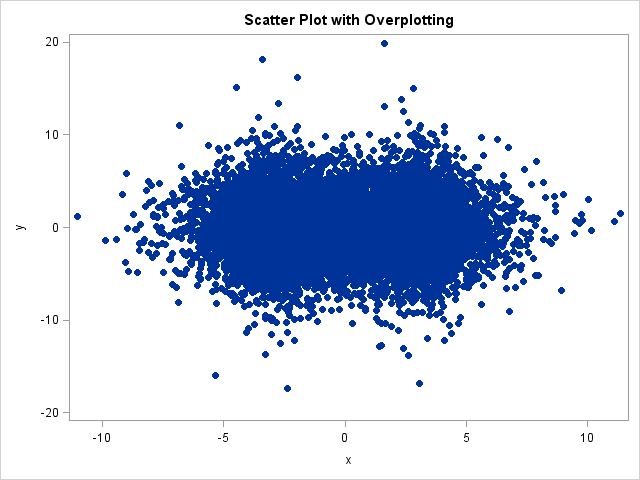
Do you have many points in your scatter plots that overlap each other? If so, your graph exhibits overplotting. Overplotting occurs when many points have similar coordinates. For example, the following scatter plot (which is produced by using the ODS statistical graphics procedure, SGPLOT) displays 12,000 points, many of which
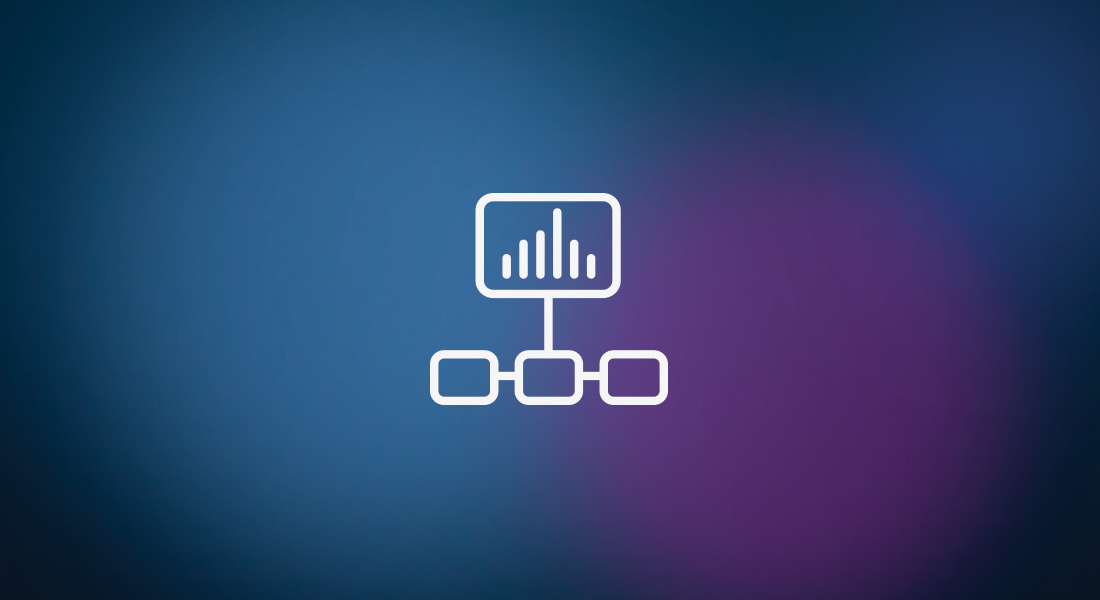
I don't use the SAS macro language very often. Because the SAS/IML language has statements for looping and evaluating expressions, I rarely write a macro function as part of a SAS/IML programs. Oh, sure, I use the %LET statement to define global constants, but I seldom use the %DO and
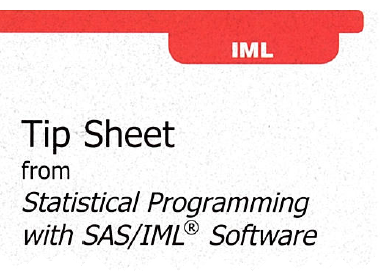
If you haven't signed up for SAS Global Forum 2011 in Las Vegas, you'd better get moving: February 28 is the last day for early registration and the discounted hotel prices. You should also sign up for the pre-conference statistical tutorials, which are filling up fast! I was tempted to
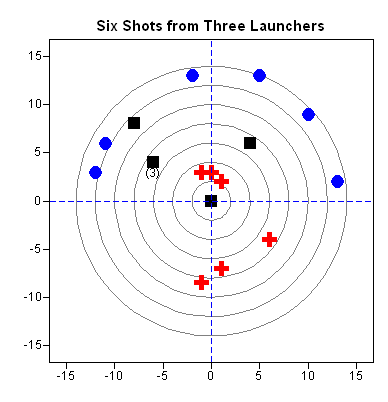
I was inspired by Chris Hemedinger's blog posts about his daughter's science fair project. Explaining statistics to a pre-teenager can be a humbling experience. My 11-year-old son likes science. He recently set about trying to measure which of three projectile launchers is the most accurate. I think he wanted to
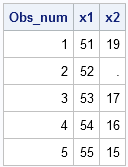
I don't know much about the SQL procedure, but I know that it is powerful. According to the SAS documentation for the SQL procedure, "PROC SQL can perform some of the operations that are provided by the DATA step and the PRINT, SORT, and SUMMARY procedures." Recently, a fellow blogger,
